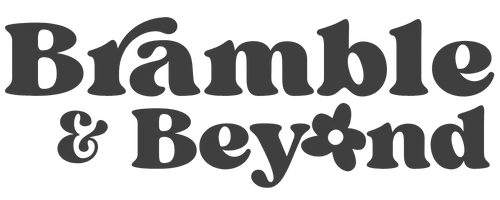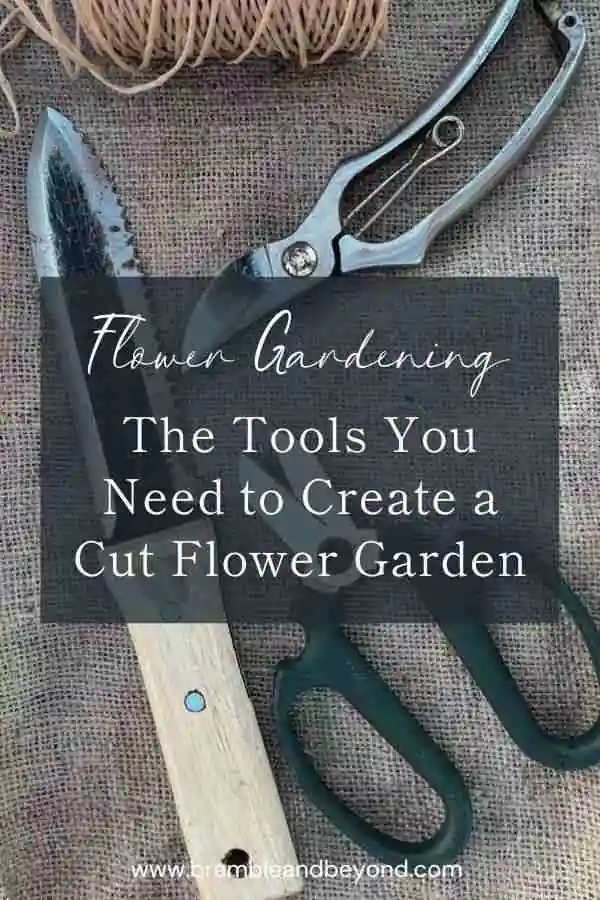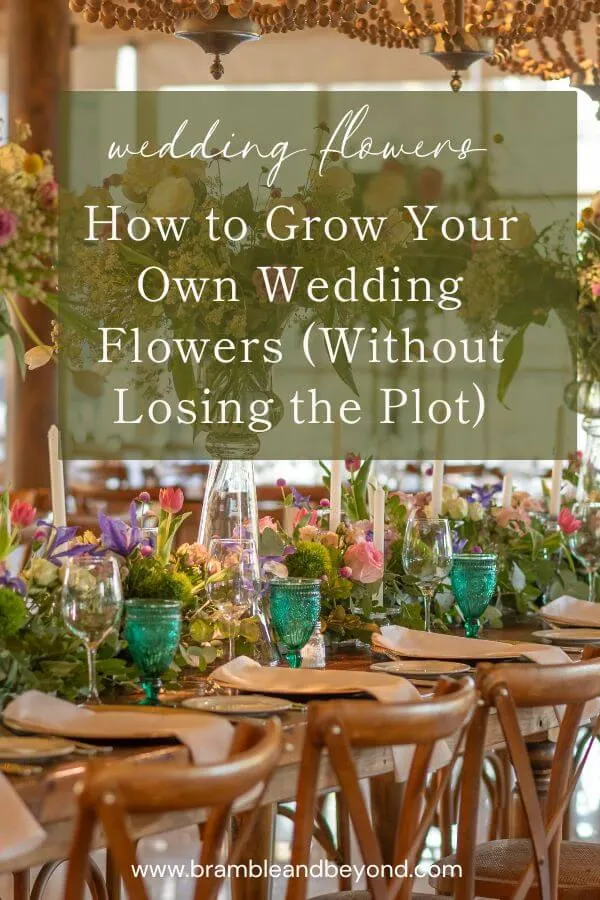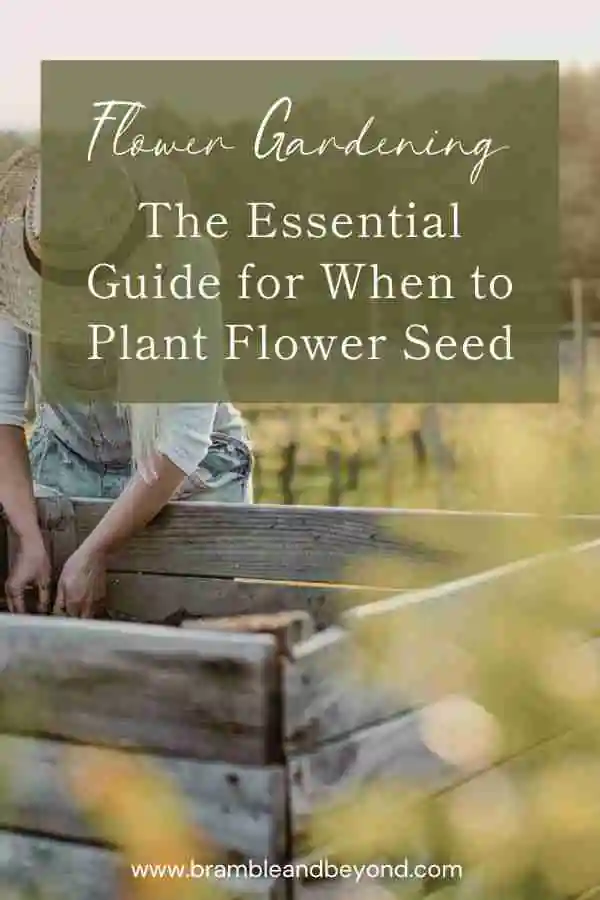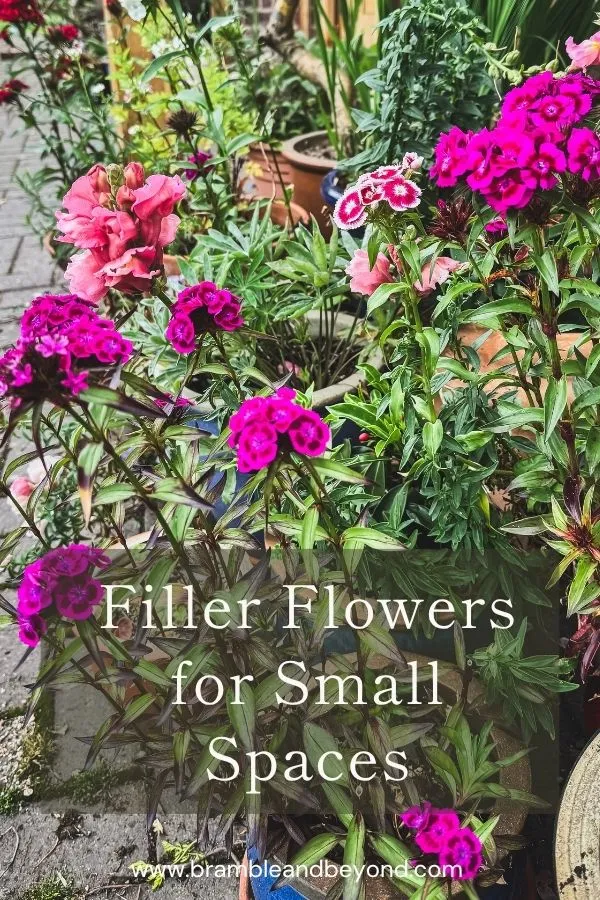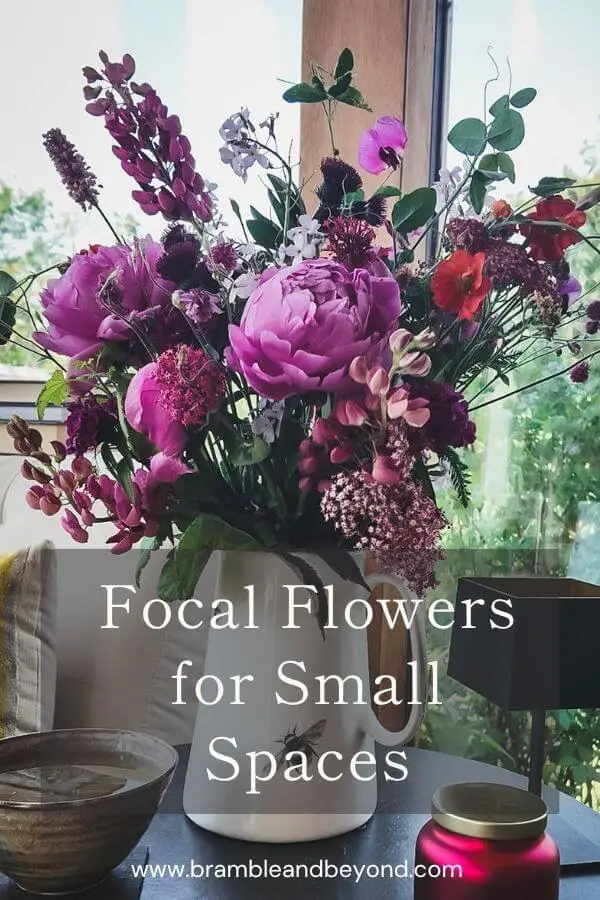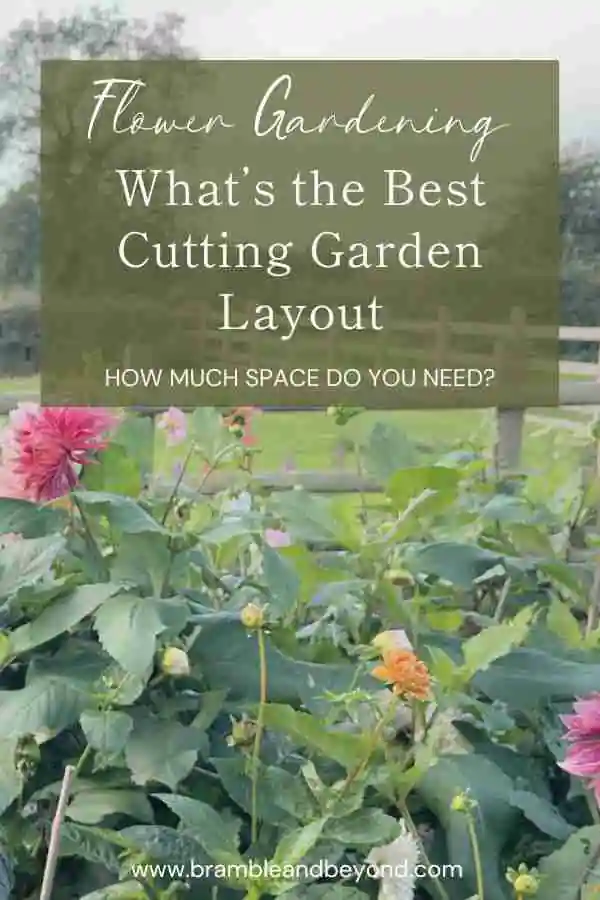Disclosure: This post may contain affiliate links, meaning I get commission if you decide to make a purchase through my links, at no cost to you. Please read my Affiliate Disclosure for more information.
Isn’t it amazing to imagine a colourful, blooming cut flower garden right in your own garden? It’s not just about the joy of witnessing the flowers bloom, but also the delight of picking them for your bouquets, table decorations and more!
When it comes to tools, most garden tools will do the trick, but a pair of top-notch secateurs or snips are truly a cut flower gardener’s best friend. A sharp blade makes all the difference when it comes to cleanly snipping flowers. So, splurging a bit on a trustworthy pair will definitely pay off and save you both time and effort down the line.
Ready to embark on this journey? Let’s start with the basics – choosing the right plants, preparing the soil, planting, watering and fertilising, managing pests, and routine maintenance. And of course, the all-important process of harvesting. Having a good selection of tools by your side will make all these tasks a breeze.
What tools will you need in your cut flower garden?
Starting your own cut flower garden doesn’t require an army of tools. If you already have a garden or a green space you grow in, you might already own some of them.
Below is a list of things you might need, listed in the order you’ll probably need them.
Pots and containers to sow your seeds
You can use egg boxes, yoghurt pots, or even toilet roll tubes to grow your seeds, so you won’t have to dig deep into your pockets. But if you’re thinking of investing in seed-growing containers, I would always recommend buying the most sturdy trays you can afford.
If you’d prefer to keep it eco-friendly, wooden seed trays are available, but they can be a bit pricey and hard to find. Good quality plastic trays could be a more affordable alternative, and they’ll serve you for many seasons, making them a worthwhile investment.
I understand that buying plastic is often frowned upon, but I personally believe that if we can extend its lifespan for several years, it’s a much better option than single-use plastic.
I can recommend these deep strong trays. I’ve used them for a few years now and they are my preferred choice out of all the trays I’ve collected over the years.
Avoid the lure of cheap plastic trays, however tempting they may seem, as generally they only last one use and then tear as you try to extract the seedlings. It ends up being a false economy. I’ve learned from my own experiences of buying cheap seed trays and regretting it. When you have to use two hands to carry one tray, you’ll soon see how much extra time this adds every time you need to move them.
I have also recently bought these Charles Dowding module seed trays that I am going to try for the first time, to see if this improves plant growth. Again they are a big investment, but they seem so solid, with the all the added benefits of a seed blocker, I thought they were worth a try.
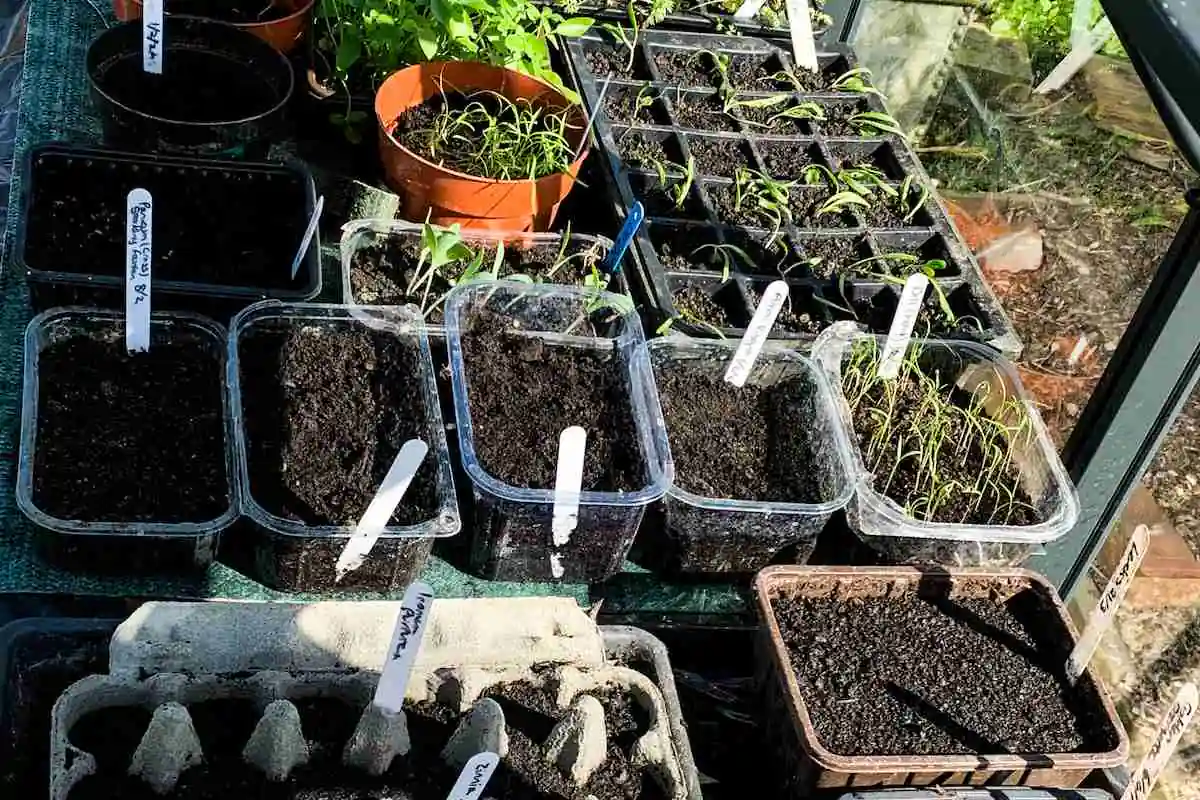
Compost to grow your seeds
Seeds don’t need an overload of nutrients to get started. So, the quality of compost isn’t crucial for sowing. But once you start pricking out and potting on your seedlings, it’s worth spending on the best quality peat-free compost you can afford.
Because I tend to sow all my seeds in the deep trays I detailed above, I keep them in the tray until they are ready to be transplanted outside. This means that I use a good quality compost from the get go and Silvagrow is my preferred choice. It is peat free and has enough nutrients in it to take the seed from germination to healthy seedling.
Adding vermiculite or perlite to your compost can help with water retention and drainage. Adding it to seed growing compost makes the compost lighter and more airy, which is helpful for good root growth. To be honest, I don’t think it matters which one you use — they both serve the same purpose, unless someone can enlighten me otherwise.
A cosy spot for your seeds to germinate
A warm windowsill works wonders to kickstart your seeds. As your green obsession grows, you might want to invest in heated propagators, a cold frame, a mini plastic greenhouse, a polytunnel or a greenhouse (listed from low to high cost).
These are all optional, and their use will depend on how many seeds you’re sowing at a time and how long you want your growing season to be.
You may find that if you keep your seedlings on your windowsill your plants will grow quite tall with only a few leaves. This means your seedlings are not getting enough light. Once the seeds are germinated it is best to get your seedlings out into some sort of covered outside space so that the seedlings get the most light possible to stop them getting too leggy.
Support for taller varieties of flowers
For cut flowers, support is crucial to ensure long and strong stems that are perfect for floristry.
Your support system can be simple, like bamboo canes and twine, or something more sturdy and permanent.
Creating a support structure for the entire bed right from the start is easier than trying to stake individual plants later. It helps to support all the plants early on. The only thing to remember is that the structure needs to be open enough to allow easy harvesting. I find the plastic pea netting difficult to harvest through, but although I haven’t tried it, I suspect this jute pea netting might be easier on both your hands and the plants.
As long as you learn to provide support before the plants need it, you’ll do just fine.
A spade, trowel, rake and hoe to prepare the soil
I’m a big fan of the no-dig approach for any garden bed. This means you avoid digging the soil and instead, cover the ground with a thick layer of compost. So, a sturdy spade for moving the compost and a rake for levelling off is super helpful.
As my cut flower garden matures, I live in hope that the weeds will eventually surrender. Until then, a sharp hoe can make weeding a quick task, provided you catch them when they’re little and on a dry day. I have found this hoe amazing. It has a double edge and just seems to glide through the weedlings, whatever angle you approach them from.
The only digging you’ll need to do is to plant the seedlings. So, a small trowel is handy, but this could be optional, depending on what you’re planting.
I recently discovered this Niwaki hori-hori knife, although you can buy alternative hor-hori knives on Amazon, and it’s been a total game-changer. It’s one of the few tools I always have on me when I’m gardening. It can be a trowel, a knife, and even a bulb planter. It’s a tough all-rounder and I find that it is now my go to tool for pretty much everything.
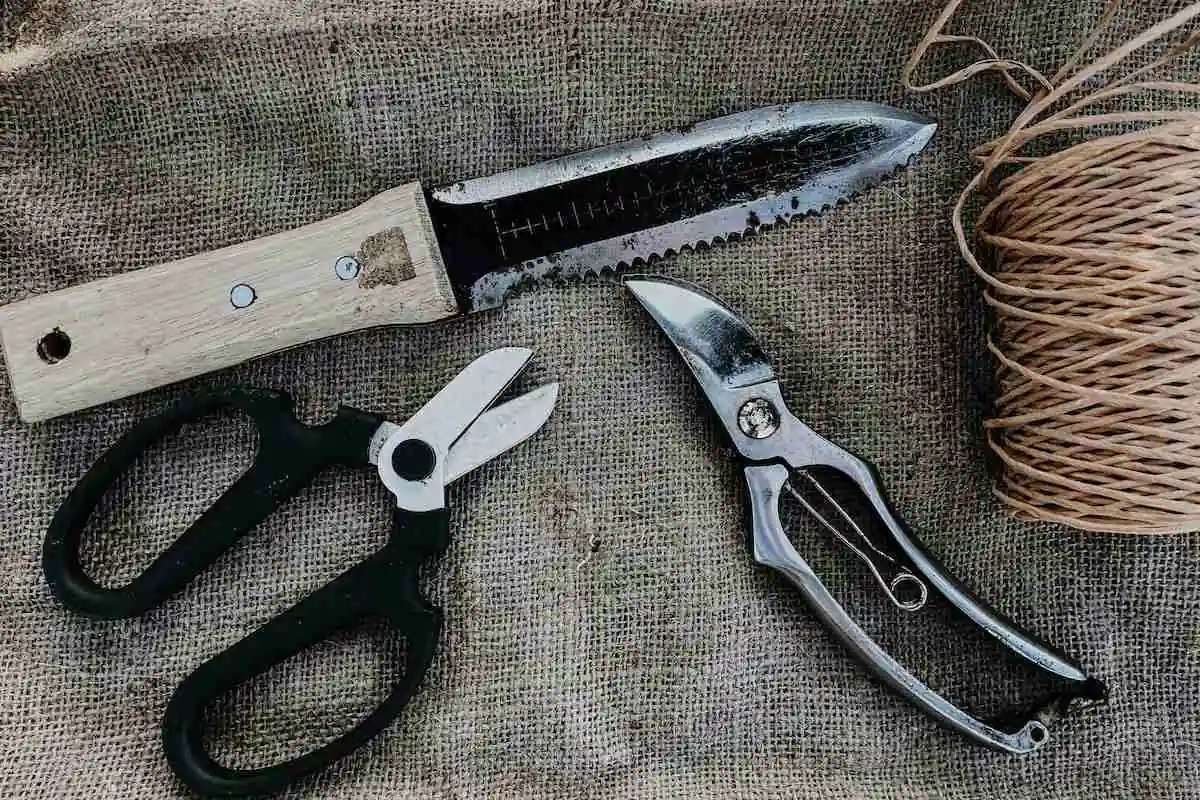
High-quality secateurs or snips
Finally, the main thing that sets a cut flower gardener apart from a regular gardener is the harvesting of flowers. A sharp blade makes it much easier to harvest your flowers, so it’s a good idea to invest in quality cutting tools.
I was also gifted these rather wonderful flower snips. They are remarkably light and comfortable to use and so sharp, they cut through any stem easily.
As a left-hander with relatively small hands, I struggled to find secateurs that were comfortable for me to use. But I find the Sophie Conran secateurs to be the easiest and most reliable, even when I forget where I put them and leave them out in the rain for months. I’ve had two pairs for about the last 5-6 years, and they’ve not rusted yet. I bought the second pair when I thought I’d lost the first one, only to find them in the flower border a few months later, undamaged by the weather.
This list could go on to include gloves, trugs, buckets, or a wheelbarrow or trolley. As you spend more time in your garden, you’ll discover what tools make your life easier. Your toolkit will grow with your experience. Hopefully, this guide gives you a good idea of what you need to get started.
Learn more about how to start and grow a cut flower garden in this series of blog posts:
- The 9 Benefits of Starting a Cutting Garden
- How to Start a Cut Flower Garden – 7 easy steps
- What’s the Best Cutting Garden Layout: How Much Space Do You Need?
- The Tools You Need to Create a Cut Flower Garden
- Cutting Garden Plan: What Makes a Good Cut Flower Garden
- When to Start a Cut Flower Garden For Beginners
- How to Grow Flowers For Cutting: Flower Bed Maintenance
- Flower Bed Maintenance: A Guide To Watering
And if you want to do it with the minimum of trouble find out the mistakes I made in starting my flower patch.
